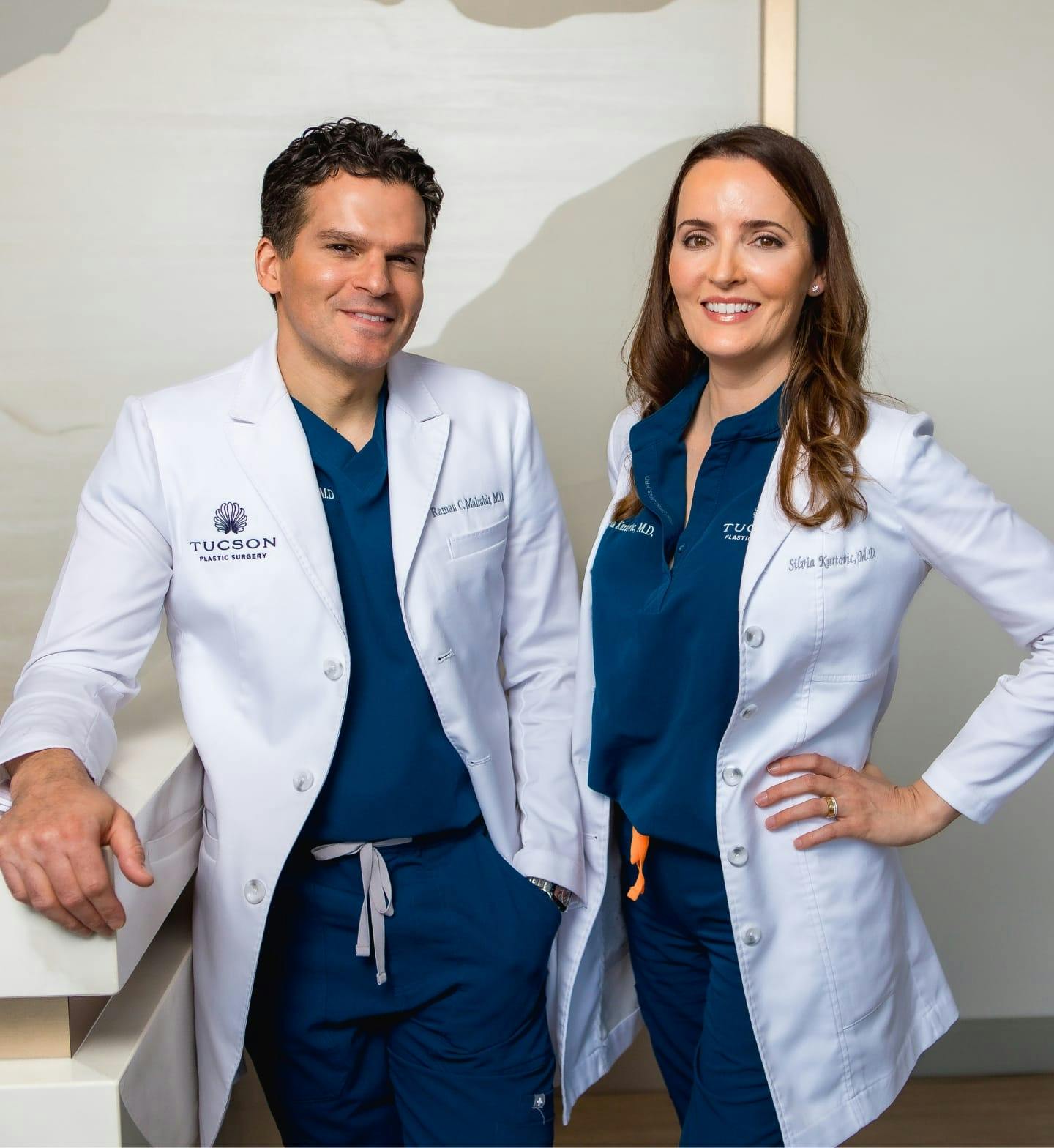
What is Breast Radiation?
Radiation therapy is a treatment option for some individuals with breast cancer. During this treatment, high-energy particles are used to destroy the cancer cells in the body. Radiation may be used after a lumpectomy or mastectomy procedure as well. The two main types of breast radiation therapy are external beam radiation therapy (EBRT) and brachytherapy.
Brachytherapy
Also known as internal radiation, brachytherapy is another radiation option. During this procedure, a device that contains radioactive pellets or seeds is placed into the breast for a short time in the area where the cancer has been removed.
There are also different types of brachytherapy, including intracavitary brachytherapy and interstitial brachytherapy.
Interstitial Brachytherapy
During this form of treatment, several small catheters are inserted into the breast near the area where the cancer was removed. These catheters are left in place for several days. Radioactive pellets are then inserted into the catheter
Intracavitary brachytherapy
This is the most common form of brachytherapy for those with breast cancer. A device is placed into the space left from breast-conserving surgery and is left there until treatment is completed. For each treatment, one or more radiation pellets are placed down through a tube and into the device for a while and is then removed. Treatments are usually given two times a day for five days as an outpatient.
Possible side effects of intracavitary brachytherapy include:
- Infection
- Breast pain
- Redness or bruising
- Damage to the fatty tissue in the breast
- Weakness of the ribs
- Fluid collection in the breast (seroma)
External Beam Radiation
During this treatment, a machine outside of the body focuses the radiation on the area affected by cancer. The exact area that will need treatment will depend on whether an individual had a mastectomy or breast-conserving surgery, and whether or not the cancer affected the lymph nodes. This type of radiation can be used on the whole breast, the chest wall, or the lymph nodes. There are some short-term side effects that may be caused by external beam radiation, including:
- Breast swelling
- Fatigue
- Skin changes in the treated area such as redness, skin peeling, or darkening of the skin
Some side effects that patients may experience later on include:
- Smaller and firmer breasts
- Problems breastfeeding
- Lymphedema (pain and swelling in the chest or arm)
- Weakening of the ribs
- Healing complications during future breast procedures



